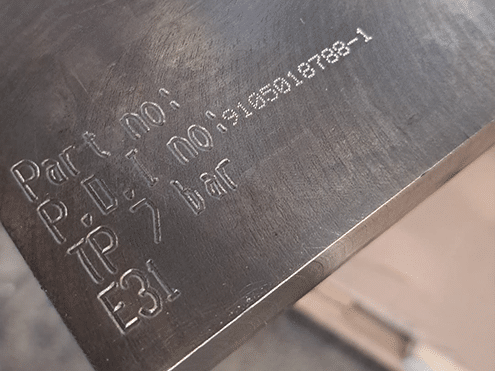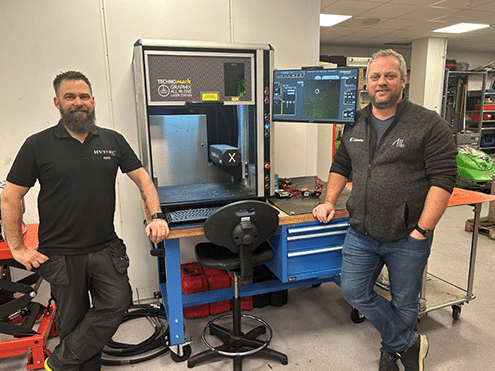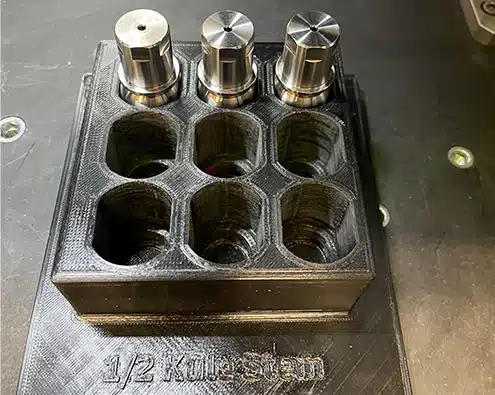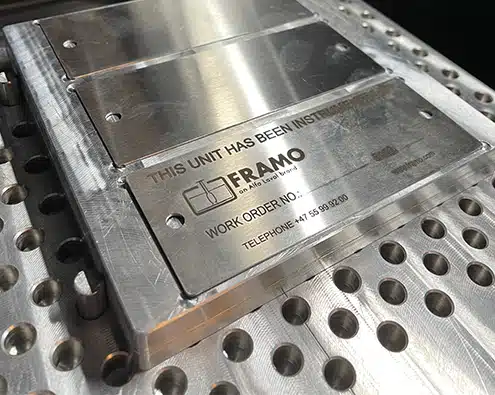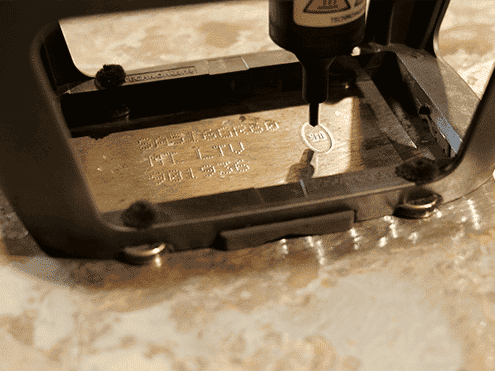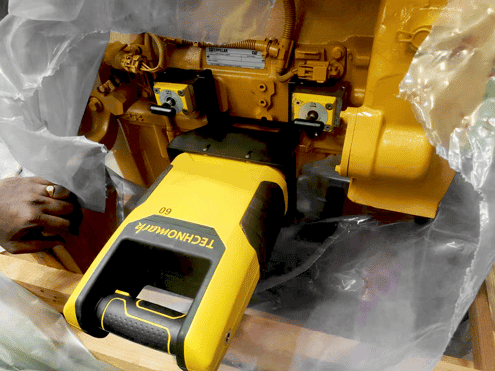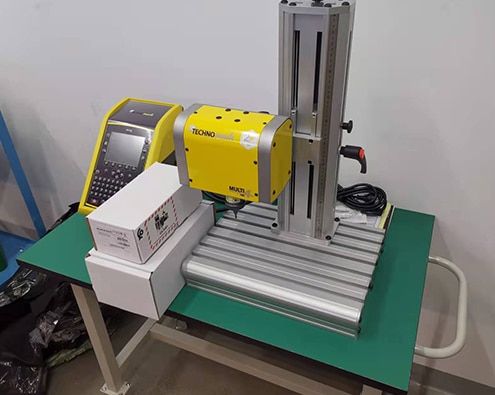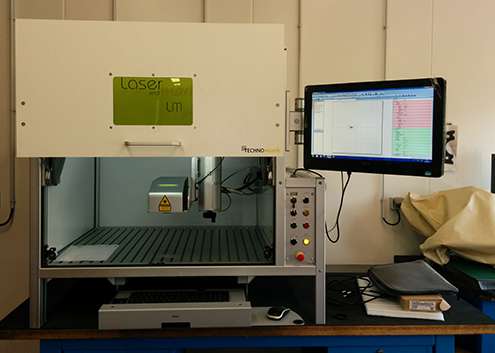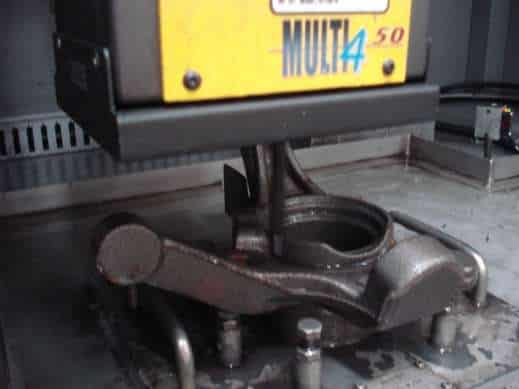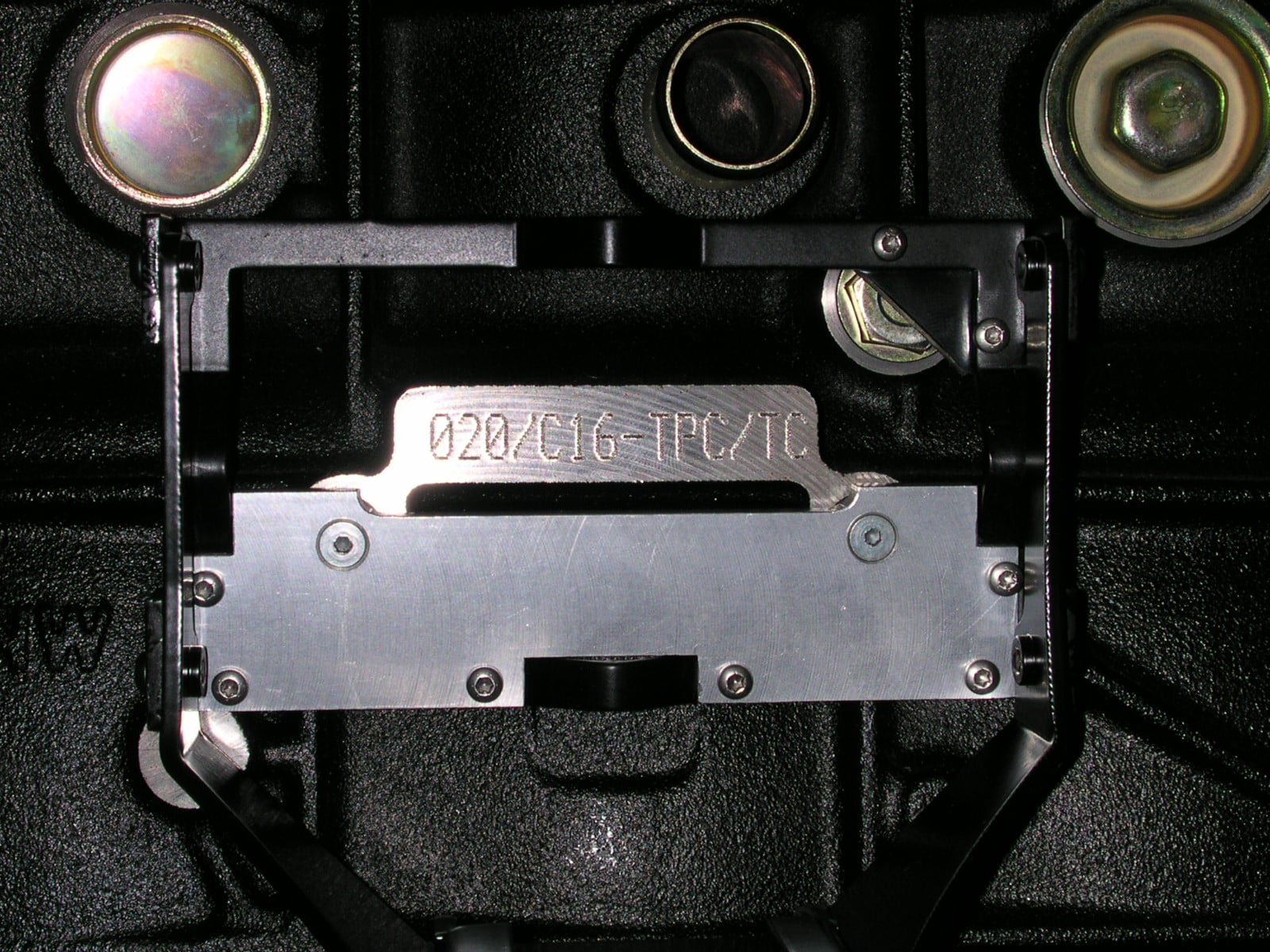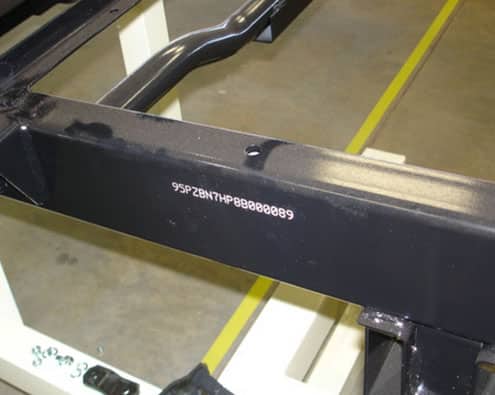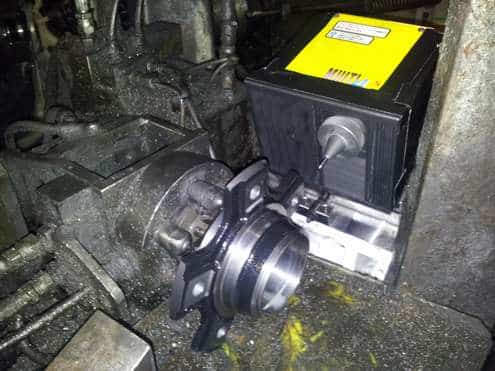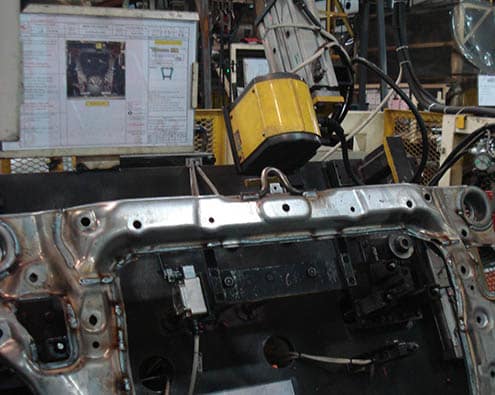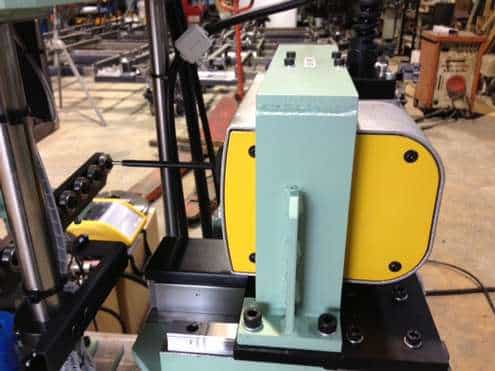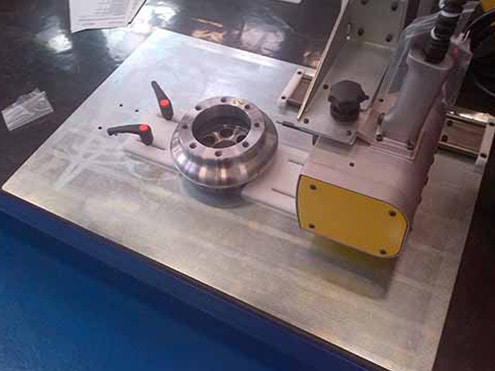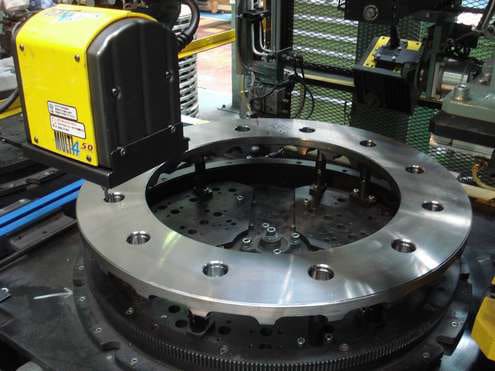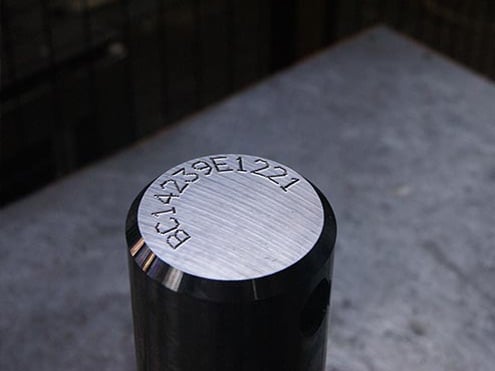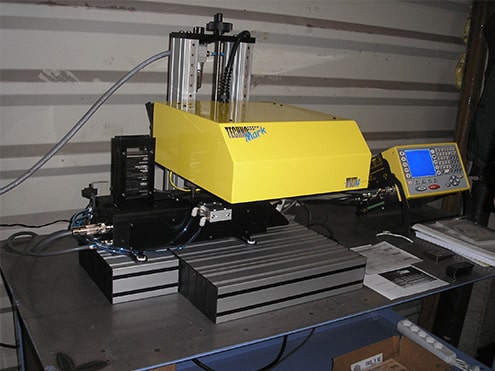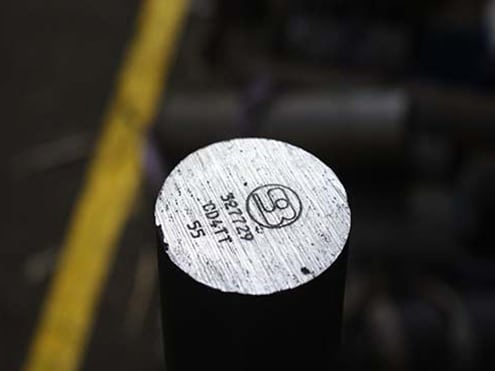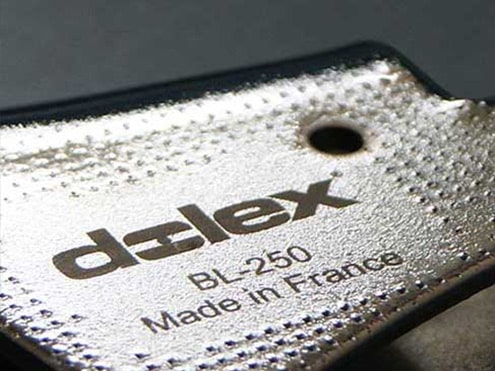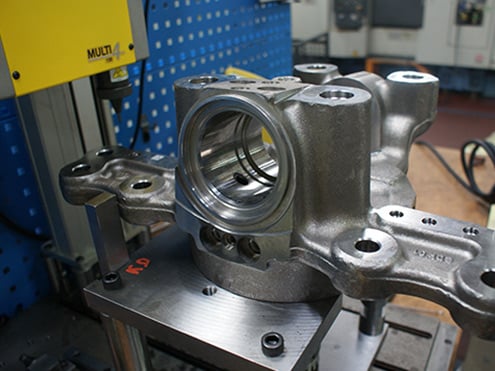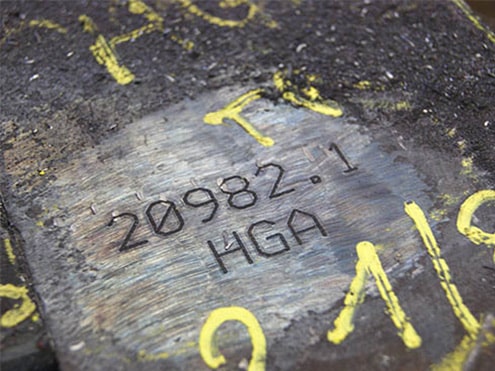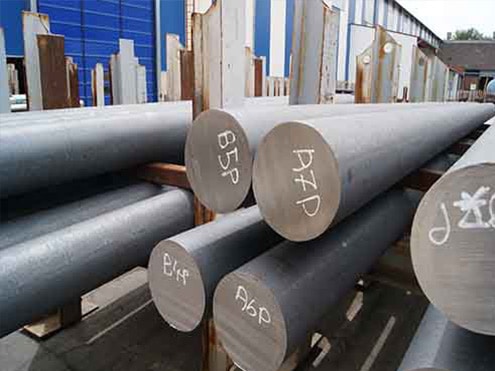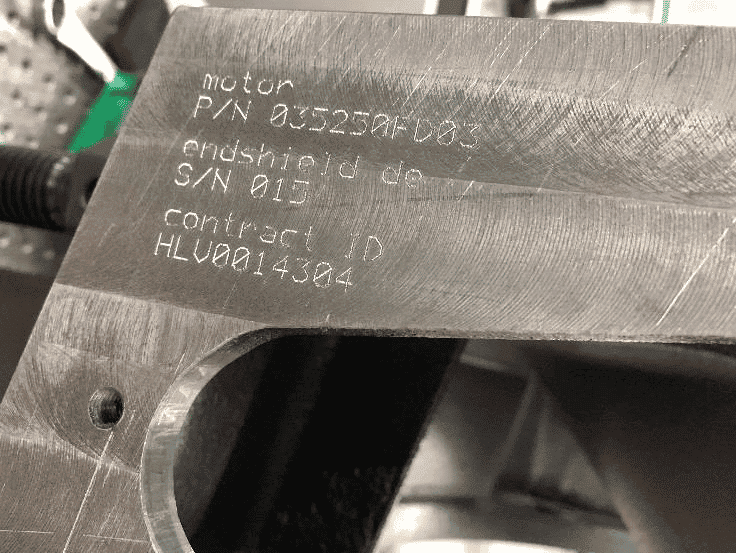Steel applications
Marking and engraving on steel
Steel is a very common metal alloy with a base of iron and some carbon. It is the carbon content, however low, that gives it its properties. Steel is produced according to need, and its composition enables it to resist various mechanical or chemical stresses.
Technomark Marking can carry out laser and dot peen marking on steel without altering the properties of the parts. Depending on the steel alloy, marking can be done from surface engraving to deep engraving. Some steels (especially stainless steels) can also be annealed, which is a very superficial marking that can be colored.
Mechanical engraving is very common in industry. Steel is the most widely used metal in many sectorss. Numerous engraving techniques and tools have been used to mark steel for a very long time. Originally, stamps were used for industrial marking, but today’s engraving machines make it much easier and quicker to produce permanent markings, with much sharper, more precise results.









